After a facelift, people want to show their new face to the world. The faster you can do this, the better, which makes it important to figure out how to speed up your recovery. The following are a few tips to help you recover a bit faster.
1. Sleep Right
One important thing to do is to sleep correctly. The last thing you want is to sleep on your side. You could accidentally shift your skin tissue or damage some of your stitching. This is true even with minimally invasive procedures, like the deep plane facelift.
You want to find a way to make yourself sleep at a 45-degree angle with your face looking up. You can sleep on a recliner, or you can sleep with a pillow that lifts your face and keep you in that position, even while you sleep. This is something you want to do for at least three weeks. Of course, you can talk to your plastic surgeon to find out if you need more time than just three weeks. Your surgeon’s suggestions should always be first, no matter what you read online.
2. Water
Water is the next big thing to worry about. Water helps your body heal; it helps your skin stay as elastic as possible. The reason it helps heal is that it ensures that your body can transport all the nutrients it needs throughout the body to speed up healing. Sadly, many people don’t drink enough water.
Stay away from things like sodas. You want pure, clean water, and you need to drink enough each day. A man will need about 15.5 cups of water every day or more if necessary. A woman will need about 11.5 cups of water a day. If it’s particularly hot, then you might need a little more water. If you can, try to drink water with a good pH balance; ideally, you want natural spring water that’s filled with the minerals the body needs.
3. Cold Compression
Ice packs are important during recovery. They help numb the nerve endings, which helps keep you comfortable. These should be used only if your plastic surgeon says it’s okay for you to use them. Be sure to ask your surgeon how to use them if you aren’t sure.
On top of numbing some of the nerves around your face, cold compress packs also help reduce swelling. This is a big deal because that means there’s going to be less pressure around your face and the wounds you’re healing from. The less pressure you put on your face and those wounds, the faster you’ll heal. Wrap a towel around the ice pack to protect your skin from the cold; your skin is sensitive at the moment.
4. Compression Bandages
Compression bandages are sometimes recommended for 24 hours. Other times, you might be told to use these sorts of bandages for up to two weeks. Every case is different, so be sure to consult with your plastic surgeon.
You want to use these sorts of bandages as instructed. The face reacts in many ways throughout the day depending on your emotions, no matter how much you try to avoid that. Each time you make your face move, you add pressure to your wounds. You don’t want to do that right now while trying to recover.
5. Nutrition
The last thing you want to worry about is what you eat after your procedure. What you eat can have a major effect on how quickly you recover. The most important thing to do is to reduce swelling, and to do that, you’ll need foods like pineapple, ginger, walnuts, avocado, and broccoli, just to name a few things.
You also want to eat foods like honey, which have strong healing properties. Vitamin C is important as well. Your body needs to produce a lot of collagen to ensure your skin repairs quickly. You also want to boost your immune system, and vitamin C helps with that to prevent you from getting any sort of infection while recovering.
Now, you know how to speed up your recovery. If you want more help, talk to your plastic surgeon.

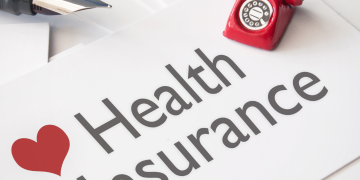


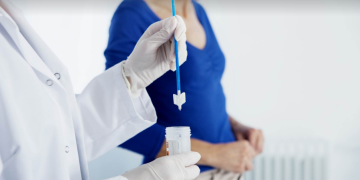
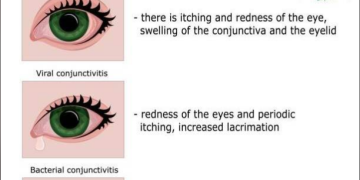

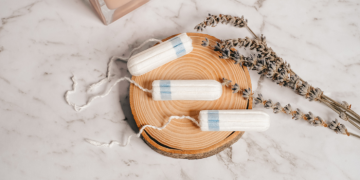



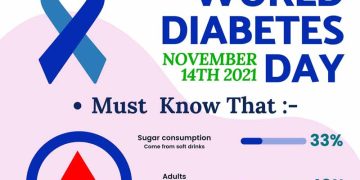








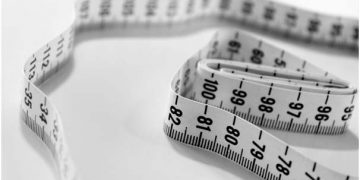


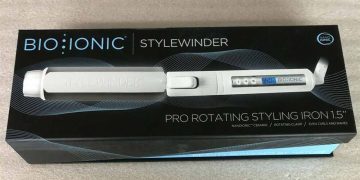












Discussion about this post